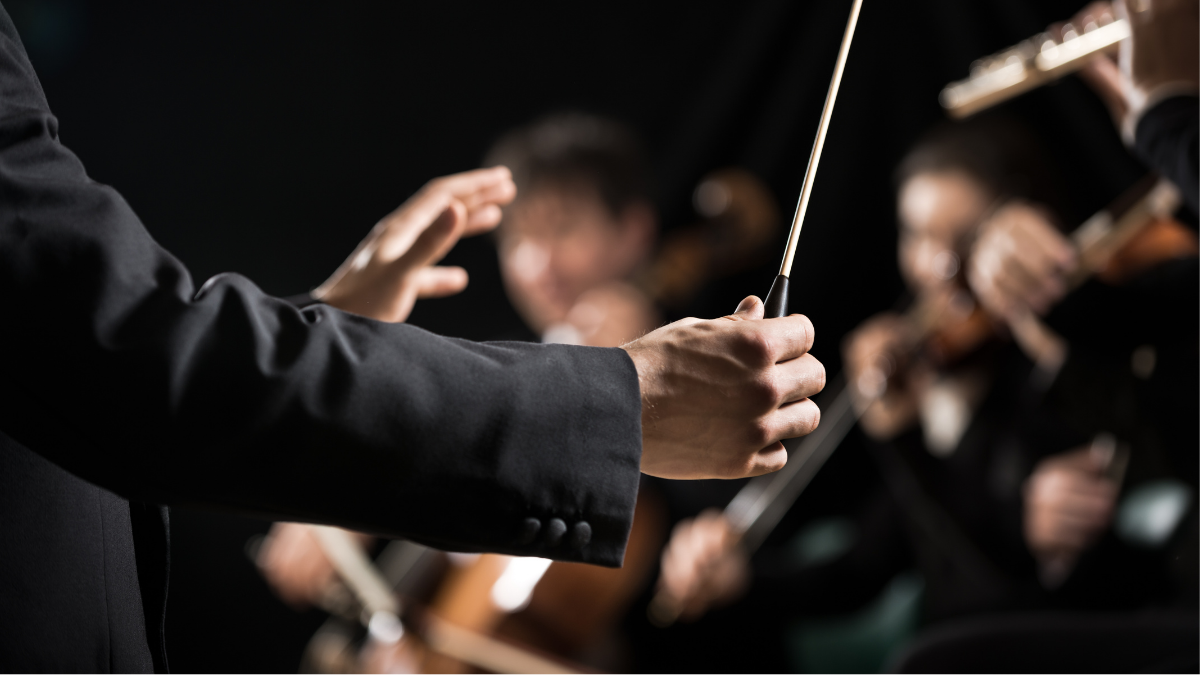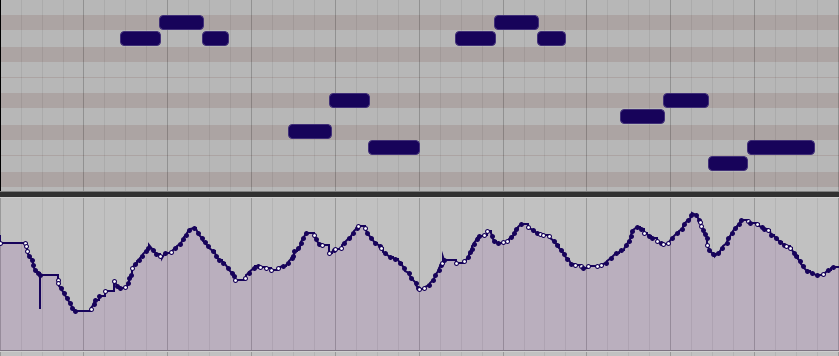4 Tips for Working with Orchestral Samples

There are a wide variety of genuinely excellent orchestral samples currently available. Even extensive TV networks such as the BBC now favor orchestral samples over a live orchestra for all but the most lavish productions. It is by far the cheaper option, and when used with skill, the results can be incredible. However, if used carelessly, even the best sample library can sound flat and unrealistic.
In this article, we give you some tips on how to get the best out of your orchestral samples.
1. Make Use of Velocity Changes
When instruments are played at different volumes, the tone can change drastically. Because of this, instruments are sampled at many different volume levels. Take advantage of this when programming your parts; the music will sound much more natural if you introduce dynamics into the performance by changing velocity levels.

2. Use Volume Automation to Create 'Expression Data
A second step that can make a huge difference when aiming for a natural sound is introducing volume automation when mixing and slow-moving parts; this is particularly effective on string and brass samples. For this, you will ideally have access to some midi control that has either a fader or a knob that can be assigned to control the midi volume on your DAW. Play through your string part, and use the midi control to automate the volume of the string part in real-time.
Try fading the notes in and fading them out again – playing this data in will allow you to add real-time expression to your part, and it's incredible how far this technique will go towards helping your part sound realistic. You can try drawing this data in manually, but there is no substitute for playing the automation in 'live'.

3. Make It Sound Less Perfect
One of the problems with using samples over real instruments is that they can sound too perfect. In the real world, instruments in an orchestra are never 100% in tune with each other, and by introducing tiny tuning variations into our music, we can mimic this effect.
Try turning each orchestral element up or down between two and five cents. To avoid making the overall mix sound out of tune, you should balance the different elements against each other – so if you tune your violins up three cents, tune your cellos down three cents, and so on.
4. Use Fake Sweetening
The practice of 'sweetening' is used quite widely to add realism to orchestral samples. Rather than hire an entire brass section, a producer will use mostly brass parts samples and then record a solo trumpet player as a 'lead' instrument. This addition of a real instrument is often enough to trick listeners into thinking they hear completely live instrumentation. Hiring session musicians can be expensive, but you can fake this to some extent by layering your samples.
For example, if you have programmed a string ensemble playing a chord sequence, try programming a solo violin to play a 'lead' part and layer it over the top. The richer variation of textures this creates in your work will add realism.



Comments:
Login to comment on this post